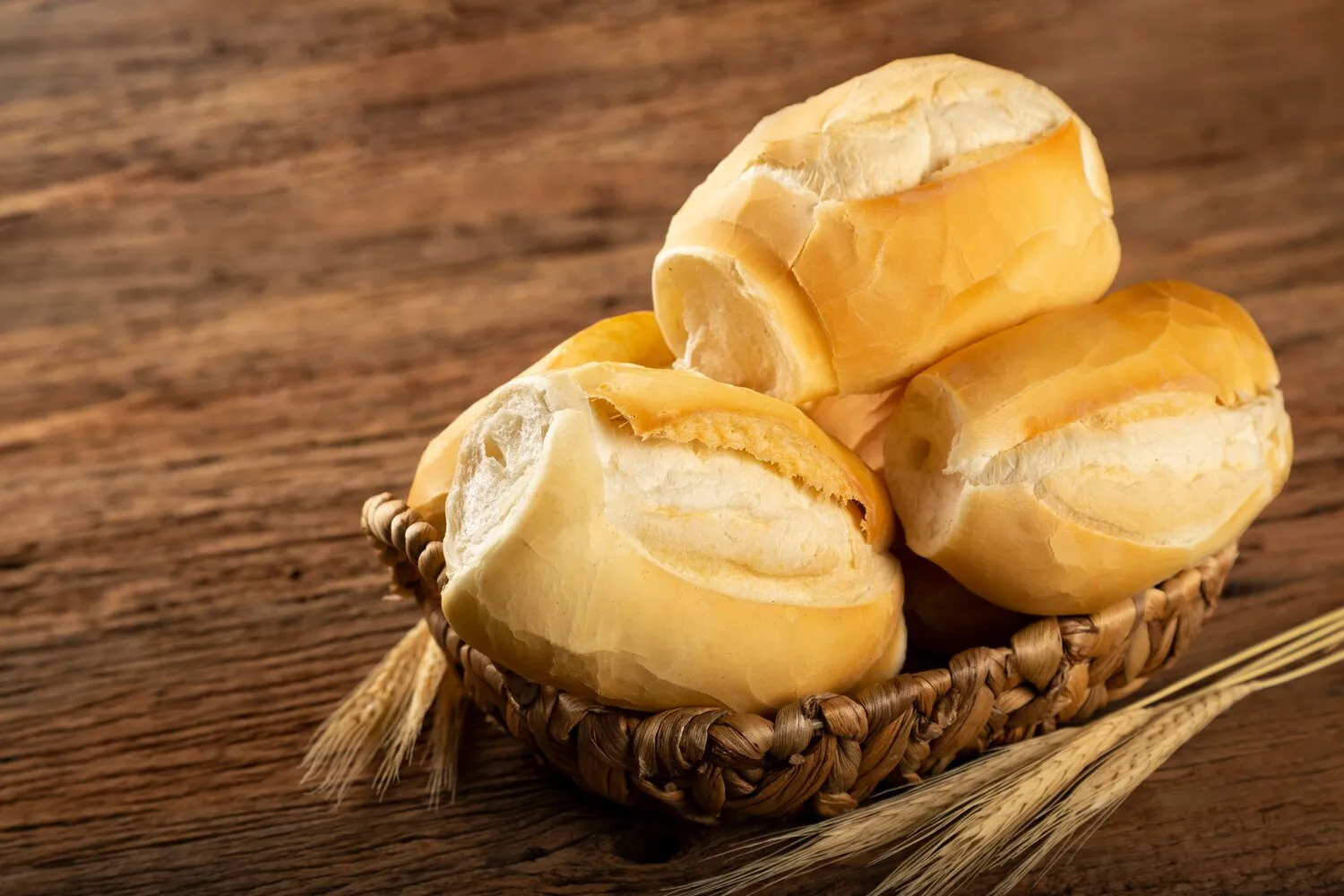
Focaccia
Various types of focaccia.
Nutrition Facts
* The % Daily Value (DV) tells you how much a nutrient in a serving of food contributes to a daily diet. 2,000 calories a day is used for general nutrition advice.
Lievito
Focaccia's origins trace back to ancient civilizations, possibly the Etruscans or early Greeks, with the Romans later adopting and popularizing it as 'panis focacius,' meaning 'hearth bread,' baked in the ashes of a fire. It evolved through regional variations and ingredient availability.
Focaccia is deeply ingrained in Italian culinary culture, representing simplicity, regional diversity, and communal eating. It's often enjoyed as a snack, appetizer, or accompaniment to meals, reflecting Italy's regional culinary identities.
Regional Variations
Different regions in Italy have their own unique versions of focaccia. For example, focaccia Genovese from Liguria is known for its thinness, oily texture, and dimples, while focaccia Barese from Puglia is thicker and often topped with tomatoes and olives. These regional variations showcase the diversity of Italian cuisine and local ingredients.
Social Significance
Focaccia is often enjoyed in social settings, such as picnics, gatherings, and family meals. Its simplicity and versatility make it a perfect food for sharing and celebrating. It's also commonly sold in bakeries and cafes, making it an accessible and popular snack throughout the day.
Culinary Versatility
Beyond being enjoyed on its own, focaccia serves as a base for sandwiches, a side dish for soups and salads, or even a pizza crust. Its adaptability makes it a staple in Italian kitchens and a canvas for culinary creativity.
Focaccia boasts a savory profile, dominated by olive oil, herbs, and often salt. Its flavor is both simple and complex, relying on the quality of the ingredients and the baking process.
The core flavor profile is defined by the use of good quality olive oil, both incorporated into the dough and drizzled on top before baking. Common herbs include rosemary, oregano, and sage, which infuse the bread with aromatic notes. Salt, particularly coarse sea salt, is essential for enhancing the other flavors. Some variations incorporate other toppings like olives, tomatoes, onions, or cheese, adding additional layers of savory complexity.
Hydration is Key
A high hydration dough is crucial for achieving a light and airy focaccia. Don't be afraid to add extra water, even if the dough seems sticky. The water creates steam during baking, which helps the bread rise and develop a bubbly texture.
Patient Proofing
Allowing the dough to proof for a sufficient amount of time is essential for developing flavor and texture. A long, slow proof in the refrigerator can enhance the bread's complexity and create a more open crumb structure.
Dimple Deeply
Creating deep dimples in the dough before baking is important for preventing the bread from rising too much and for creating pools of olive oil that flavor the surface. Use your fingertips to press deeply into the dough, ensuring that the indentations are evenly spaced.
Bake Hot and Fast
Baking focaccia at a high temperature ensures that it cooks quickly and develops a crispy crust. Preheat the oven thoroughly and use a pizza stone or baking steel to help retain heat.
Explore additional Bakery Item dishes and restaurants
Explore Bakery ItemDiscover top dining spots and culinary experiences in Reggio Calabria.
Explore Reggio CalabriaLearn more about the food culture, restaurant scene, and culinary heritage of Italy.
Explore Italy